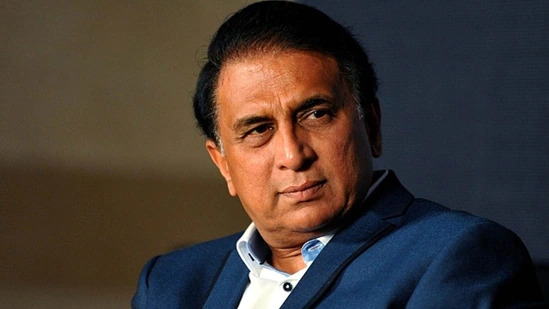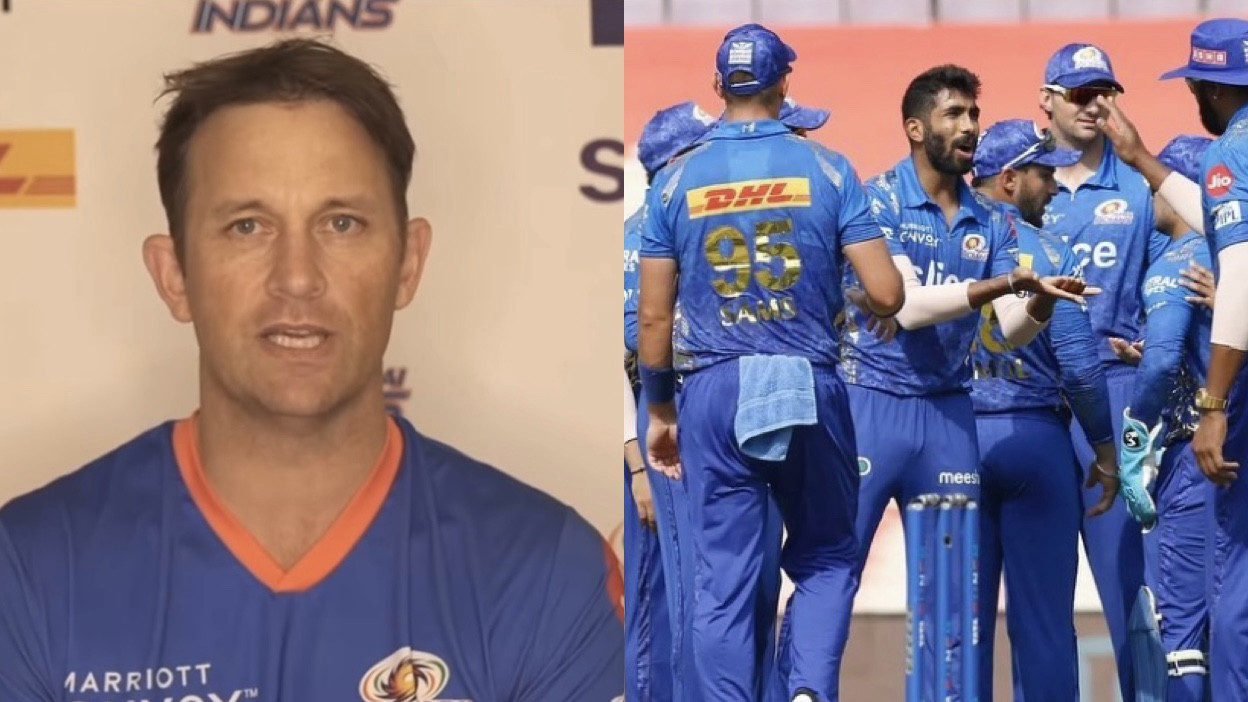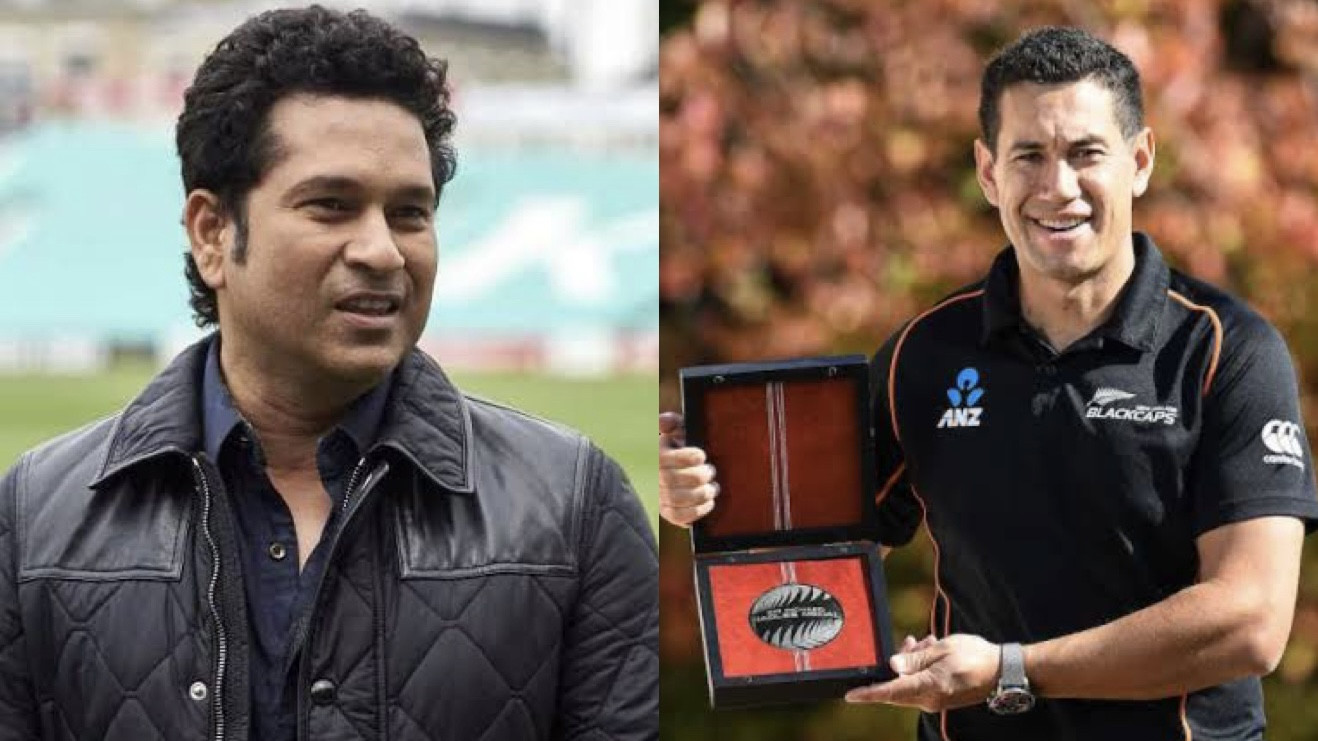
Sunil Gavaskar, the former India captain, has questioned one of the three changes made by the Marylebone Cricket Club (MCC) in its most recent law amendments in March this year. According to the MCC's new regulations, a bowler can now run out non-strikers if they back up too much before the ball is bowled.
The second rule stipulates that a new player will always be on strike regardless of whether batters have crossed ends during a runout.
The third rule prohibits the usage of saliva indefinitely. Following the Covid 19 epidemic, this rule was first implemented. MCC has now made this permanent.
Gavaskar was critical of the second rule, which states that a new batter will be on strike regardless of whether the players have managed to cross ends during a dismissal. He claimed that this will detract from the game's excitement, especially in a situation where a close chase is taking place.
"There is another change in the law that MCC have brought about, but haven't read any explanation as to why such a long-standing law of the game has been changed. This change is about a new batter taking strike even if the two batsmen have crossed when the catch was taken. Why this has been changed is not known, at least I haven't read any reason for it but it takes away one of the tactical facets of the game. If a better batsman is at the non-striker’s end when the ball goes up in the air, the strategy would be for him to cross the striker before the catch is completed so he can then face the next delivery," Gavaskar wrote in his column for Mid-Day.
"In a tight situation, this can be the difference between winning and losing so there's got to be awareness when the ball goes up in the air. Sadly now, no matter what, it's the new batsman who will take the strike and if he is a lower-order batsman not so accomplished with the bat, then his team has less chances of winning the game. The excitement, the anxiety, the slow-motion replays to see if the batsmen had crossed before the catch was taken is all gone out of the window now with this new change of law. Was it necessary? How does it enhance the game? How does it impact the game? These are questions that will be asked especially every time the game is turning out to be a tight finish."
Instead, Gavaskar has proposed a new rule that promises to add a great deal of excitement to the game.
"The one change in playing conditions that should be seriously considered especially in white-ball cricket is the sixer being given when the ball hits the boundary rope on the full. With boundaries being brought in substantially, a six should be given only if the ball has landed beyond the rope or the advertising triangle than if it hits it on the full," he mentioned.
"If a fielder steps on the rope while taking a catch it should still be a six, but otherwise it should be a six only if the ball has landed over the rope. The bowlers are usually on hiding in white-ball cricket, so this little tweak will level it for them just a bit though they would still like the boundaries to be longer for sure."
(HT INPUTS)



